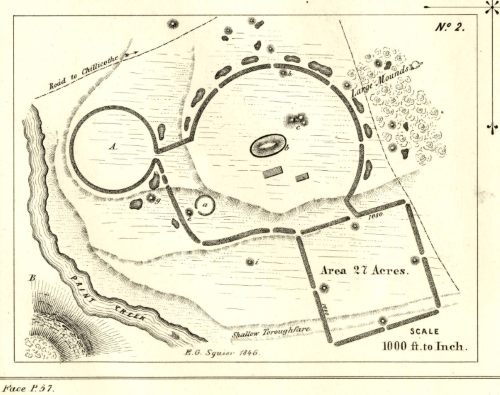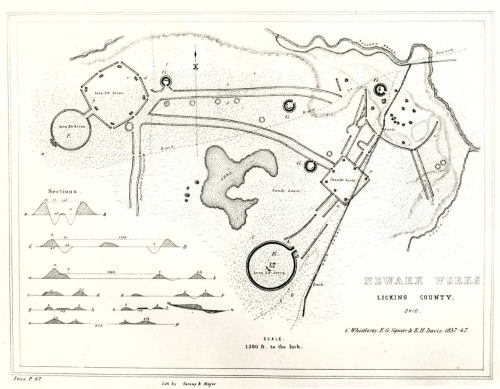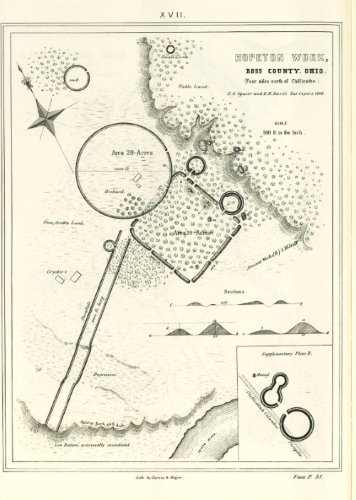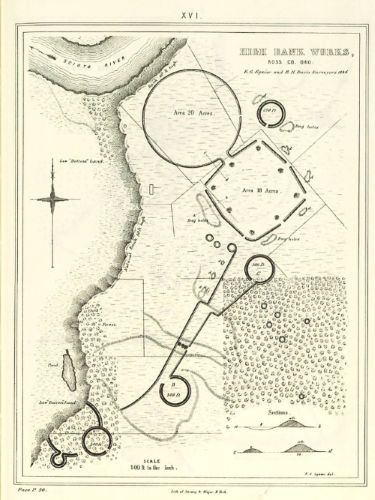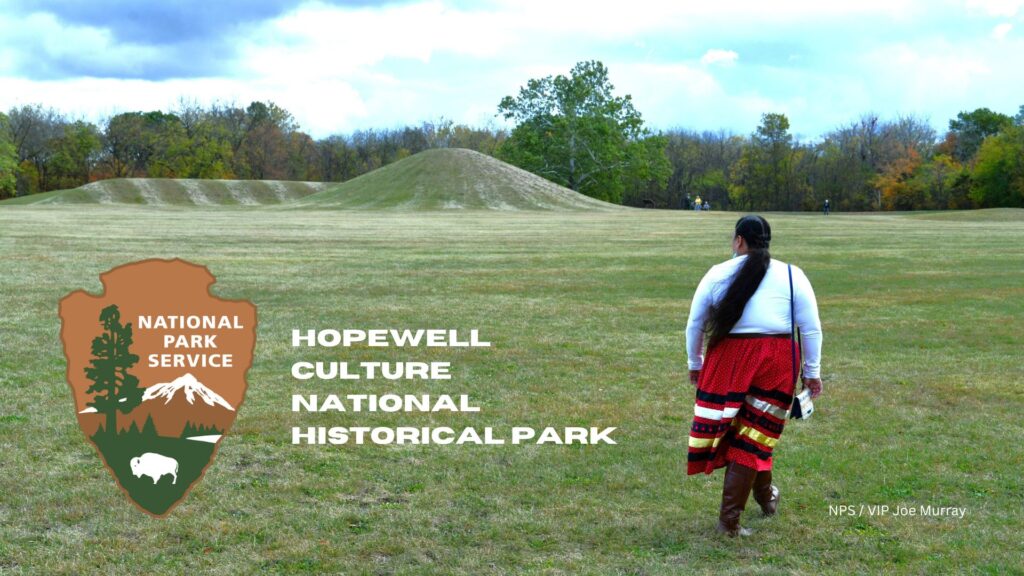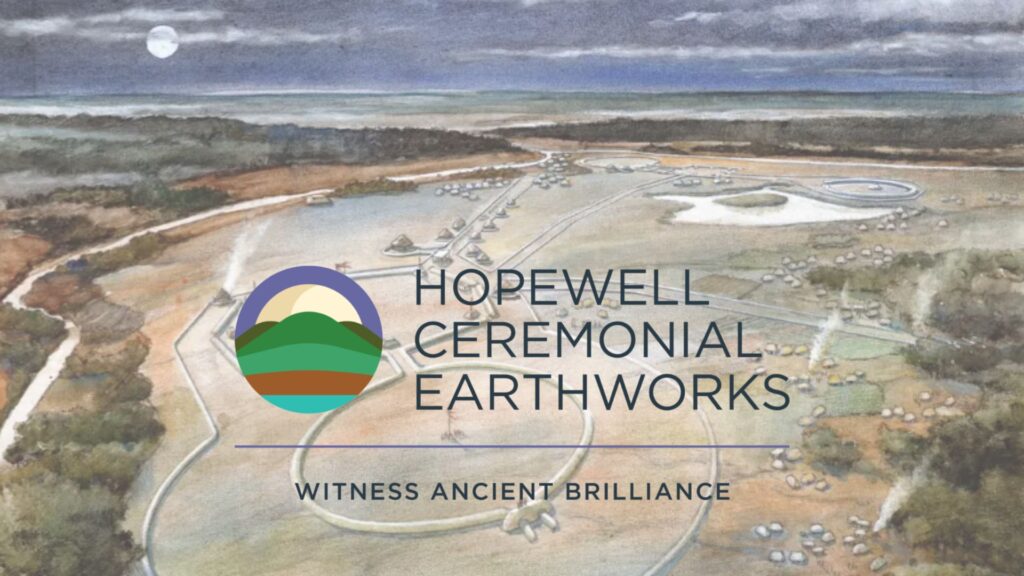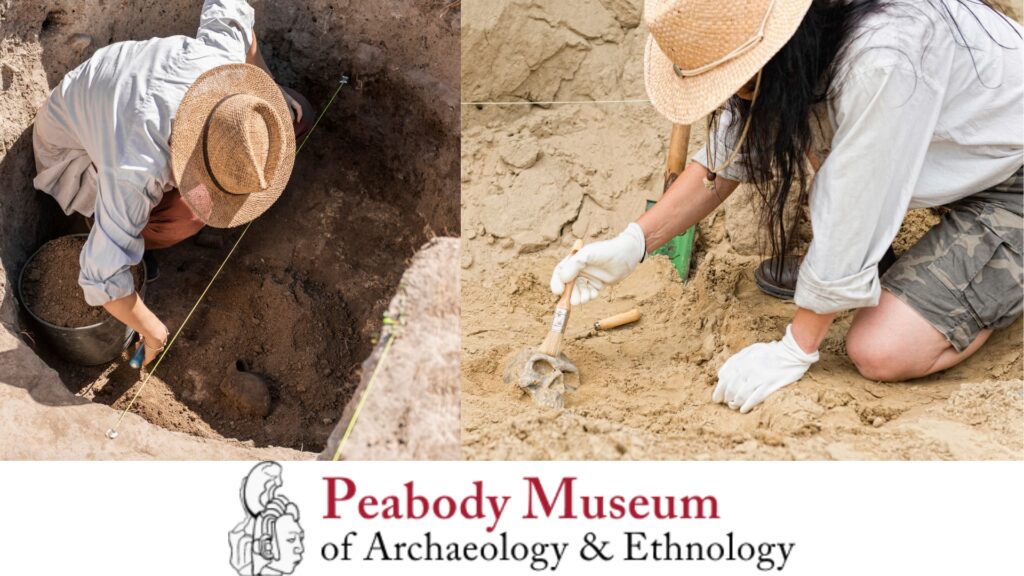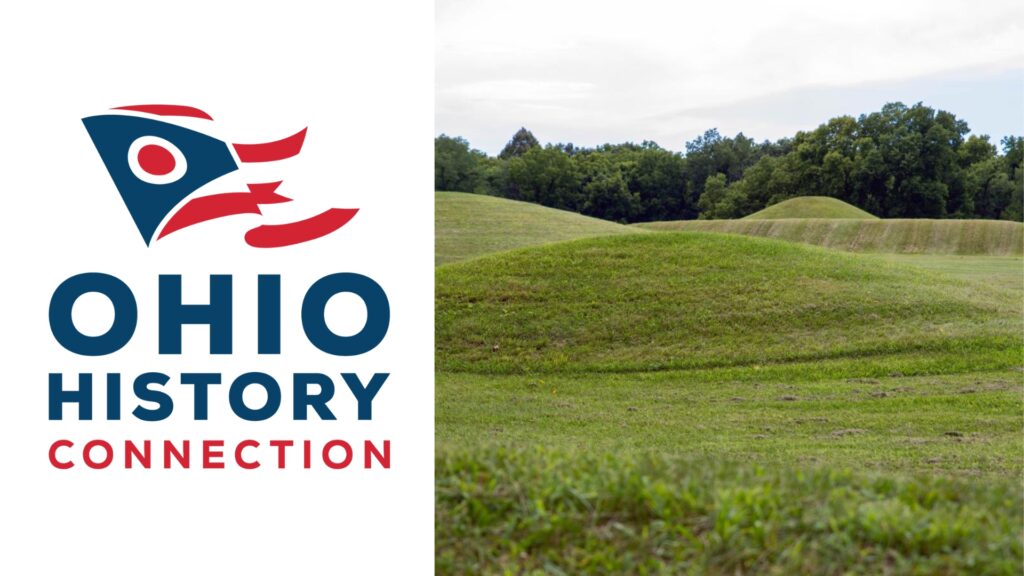Masterpieces of human creative genius, the Hopewell Ceremonial Earthworks are gigantic earthen enclosures built by American Indians 2,000 years ago and are the only UNESCO World Heritage Site in Ohio.
Hidden beneath what appear to be innocuous hills are the echoes of Indigenous people who called Ohio home for centuries before they were forcibly displaced. These communities left behind more than their memories—they left mounds: ancient burial grounds, standing as testaments to their rich traditions, spiritual beliefs, and ingenuity.
“A little while and I will be gone from among you, whither I cannot tell. From nowhere we came, into nowhere we go. What is life? It is a flash of a firefly in the night. It is a breath of a buffalo in the winter time. It is as the little shadow that runs across the grass and loses itself in the sunset.”
Crowfoot, Blackfoot Chief (attributed farewell to his people, April 25, 1890)
The Earthworks

On October 15, 2024, I was invited to a members-only tour of the Ohio History Center’s Indigenous Wonders of Our World exhibit, led by Archaeologists Stephen Biehl and Dr. Brad Lepper. Specifically, the exhibit explores eight early Native American-built earthworks collectively inscribed on the UNESCO World Heritage List as the Hopewell Ceremonial Earthworks.
To provide context, the Hopewell Ceremonial Earthworks are enormous earthen enclosures built by early Native Americans around 2,000 years ago. Notably, these jaw-dropping complexes reflect the architectural genius of the indigenous people. They constructed precise geometrical shapes in squares, circles, and octagons. Moreover, they replicated these structures over multiple expansive areas across Ohio. In addition, these earthworks were carefully configured to align with astronomical events, such as solar and lunar cycles, demonstrating the builders’ sophisticated understanding of astronomy.
The Hopewell Culture, flourishing between 1 CE and 400 CE, was a spiritual movement in the Ohio Valley known for its large ceremonial complexes and elaborate burials. These structures, built by scattered communities across the Eastern Woodlands, served as centers of ritual, pilgrimage, and social gathering. The Hopewell people were connected through shared spiritual beliefs, and their influence extended across vast distances. This is evidenced by the exotic materials found in their artifacts, such as mica, copper, and seashells from regions as far as Florida and Wyoming.
Preceding the Hopewell, the Adena culture (800 BCE–100 CE) was the first to construct burial mounds in the Ohio Valley. This demonstrates a shift toward more elaborate ceremonial practices. The Hopewell expanded upon these traditions, creating vast earthworks to accommodate their more complex social and spiritual life.

The Offerings
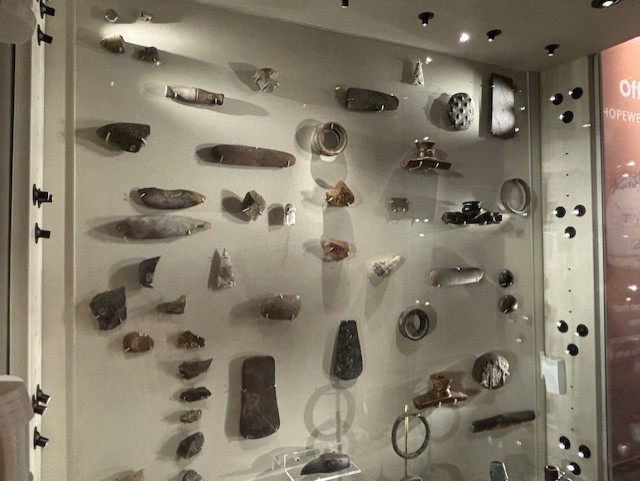
While the exhibit does not display funerary materials, you can view some of the spiritual offerings buried among the human remains.
The Hopewell people buried a variety of objects in their earthwork structures, often made from rare materials. These included finely crafted items such as copper ornaments, intricately carved stone pipes, mica cutouts, seashells, and jewelry. They also buried effigy figures, weapons, and tools made from materials like obsidian and flint, sourced from distant regions.
Two such finely crafted items are pictured on the right. The object on the left is a polished boatstone carved into a falcon effigy. Its striking eyes are made of pearl and the dark grey rock is pipestone.
Next, on the right, is a stylized human head effigy, made from a very thin plate of copper. The face has a prominent straight nose, with an incised mouth and eyes. Both ears are molded and incised, with visible damage at the edges of the face. The copper is brownish gray but has corroded in some areas to pale green. Both items were excavated from the Hopewell Mound Group Earthwork site in Twin Township, Ross County, Ohio.
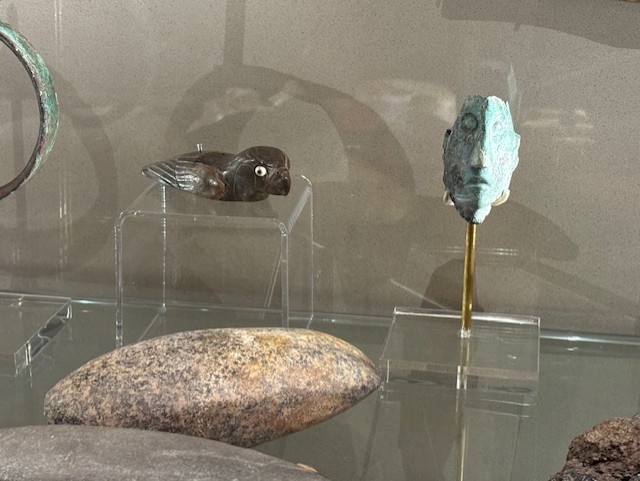

Clay Basin
One of the crown jewels of the exhibit is a clay basin, pictured on the right.
In fact, archeologists hypothesize that these basins might have held the offerings while the Hopewell destroyed them in an act of symbolism. A similar basin would have been used to cremate the dead.
The maps on the right were originally published in Ancient Monuments of the Mississippi Valley by E.G. Squier and E.H. Davis in 1848. The book is primarily a detailed catalog of over 200 mounds and earthworks found throughout the Mississippi Valley, focusing on the Ohio River Valley.
The work is famous for its detailed illustrations, including drawings, maps, and diagrams of the various structures they surveyed. Additionally, these maps and plans were meticulously created based on field surveys conducted by the authors. The illustrations visually represent how these earthworks were laid out, often showing their geometric precision and monumental scale.

